Your classroom library is an integral part of your literacy program, but not all classroom libraries are created equal. A high-quality classroom library provides students access to not just any books but the right books—books that engage them as readers, support and scaffold them as they grow, build reading skills, spark creativity and empathy, encourage them to think and act at higher levels and, of course, promote a lifelong love of literacy.
When designed properly, a classroom library functions as an exceptional teaching tool. Teachers can draw from their classroom library in so many different ways: modeling for students through read and think alouds, demonstrating how to use books for research, expanding student thinking on various topics, encouraging growth and connections and so much more!
What Do You Need for a High-Quality Classroom Library?
1. Quality and Quantity
The first component of a high-quality classroom library is, obviously, books. But not just any books; you need the right books—and plenty of them. Fountas and Pinnell (1996) recommend approximately 300-600 books, depending on the grade level and number of copies. First graders might read about 125 books during the school year, and chapter/longer book readers may read about 75 books per year.
The key to remember, though, is that quality is just as important as quantity. You’ve got to have the right types of books—and this includes plenty of book candy (think Captain Underpants) for reluctant readers. Students are likely to read more and to enjoy reading when they are engaged in their book!
“Without engagement, you’ve got nothing,” says literacy consultant and author Jennifer Serravallo. Fill your classroom library with books that students want to read—authentic literature that aligns with their interests and needs.
2. Authentic Literature
EducationPlace.com defines authentic literature as narrative and expository text that is written in the original, natural language of the authors. According to an article published in Middle School Journal in May 2015, “much professional literature indicates that when teachers use authentic literature in the classroom, good things happen. For example, when teachers use authentic literature, student motivation, interest and enthusiasm increase” (Ciecerski & Bintz, 2015).
While using authentic literature instead of predictable and linear textbooks as an instructional tool can sometimes be new and challenging, real books “create passion for reading” and “encourage students to learn in ways that are creative and innovative” (Ciecerski & Bintz, 2015). A classroom library filled with authentic literature gives you a daily opportunity to inspire a love of reading—and build literacy skills—by integrating real books into your lessons.
3. Multiple Reading Levels
In a typical classroom, there will be students who read above, at and below grade level. It is essential that the books in your classroom library support these varied independent reading levels so your students have the opportunity to discover texts they can read with success.
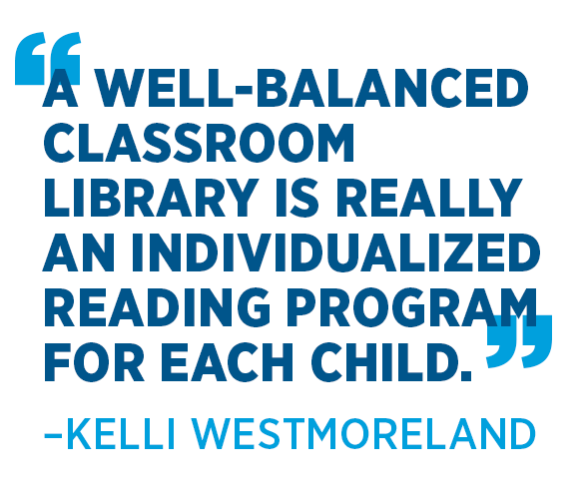
Reading levels are flexible, and will change throughout the year as students grow. This means you will likely need titles in your library that are one to two grade levels above, as well as one to two grade levels below, your students’ needs. A wide variety of titles at various reading levels will ensure that students can find books that best meet their needs and interests.
However, while you may have books at different reading levels available, many literacy experts recommend NOT organizing your classroom library by level. Sometimes, students will want to choose challenging books; other times they’ll want to choose an easy book. That’s okay! What matters is that they have access to both. This access and choice increases their engagement in the reading process. For more on levels, check out A Level is a Teacher’s Tool, Not a Child’s Label on the Fountas and Pinnell blog.
4. Variety, Variety, Variety
A high-quality classroom library will include a variety of genres and themes across reading levels. This includes picture books and chapter books (appropriate for your levels of readers), as well as fiction and nonfiction genres. The classroom library is an ideal print-rich environment to support learning within the various genres. Libraries should include:
- Poetry
- Realistic fiction
- Historical fiction
- Fantasy
- Traditional Literature
- Science Fiction
- Biographies/Autobiographies/Memoirs
- Content Area Nonfiction
- Graphic Literature
- Author Studies
- Popular Series
- Print (Newspapers/Magazines)
It is also important to include books that support curricular themes. Like reading levels, themes can be flexibly incorporated throughout the year, often rotating baskets, bins and books to support current or upcoming units.
5. Culturally Supportive/Inclusive Stories
“When children cannot find themselves reflected in the books they read, or when the images they see are distorted, negative, or laughable, they learn a powerful lesson about how they are devalued in the society of which they are a part” (Bishop 1990).
All students need to experience stories that represent both themselves and the world around them. By using a windows and mirrors approach to diverse books, you can fill your classroom library with culturally inclusive and culturally supportive texts from many different perspectives. When you do, students will be able to make connections, get hooked as readers and learn more about themselves and the world.
6. A Focus on Literacy
Your classroom library should be designed so that it is always top of mind when students and teachers think about literacy. Whether utilized as a meeting area, for turn-and-talks and book clubs, as a place to practice a new strategy or simply as a go-to destination for finding a just right book, a high-quality classroom library should be an inviting space where readers go to engage, grow and share information.
By making sure that your classroom library includes appropriate authentic literature to support students’ diverse interests, levels and needs, and using your classroom library to support best literacy practices, you ensure that students will develop key lifelong literacy skills—and a passion for reading!
References:
Bishop, R. S. (1990). Mirrors, windows, and sliding glass doors. Perspectives, 6(3), ix-xi.
Ciecierski, L. M., & Bintz, W. P. (2015). Using Authentic Literature to Develop Challenging and Integrated Curriculum: This Article Acknowledges the Difficulties in Using Authentic Literature Instead of Predictable and Linear Textbooks, while Articulating Methods for Developing an Alternative Practice That Promises the Nurturing of Lifelong Literacy as a Spillover Benefit. Middle School Journal, 46(5), 17-25.
Fountas, I., & Pinnell, G.S. (1996). Guided Reading. Portsmouth, NH: Heinemann.


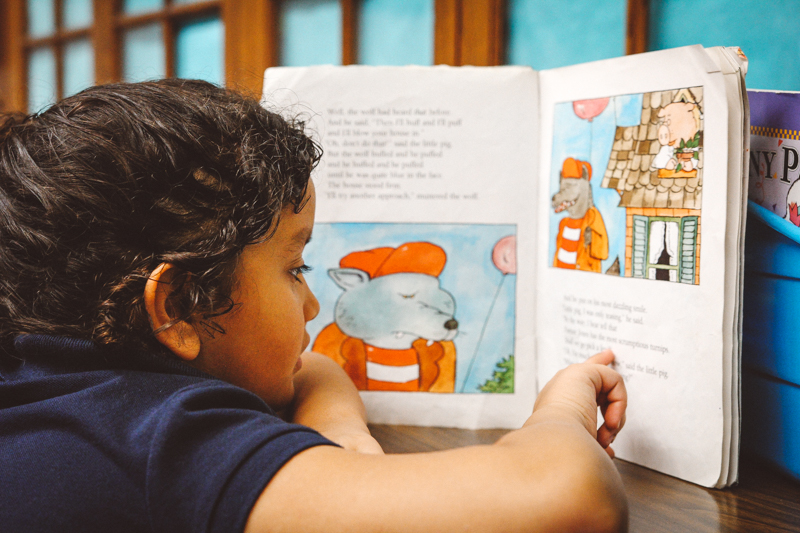
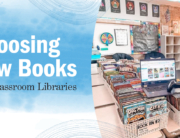
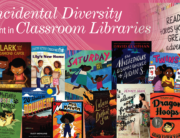

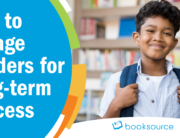
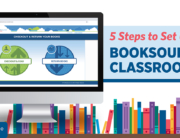
Our school is looking for help with classroom libraries Kindergarten to Grade Three. Could you private message me your e-mail so I could write you.
Hi Diana,
You can always call us at 800.444.0435 with questions! We’ve also passed your contact information along to the appropriate person, who should be reaching out to you shortly. Thanks! -The Booksource Team
Totally agree…classroom libraries are crucial.
Thanks for taking the time to comment, Margaret. We couldn’t agree more!
I am in second grade now after teaching first grade for many years. How do I set up a quality classroom library? I have Clifford books, holiday books, apple books, Dr. Seuss books, Jan Brett books and on and on.
However what titles do I need to have for second graders to keep them interested?
Any help would be appreciated!
Hi Lynette,
Quality classroom library set-up is all about accessibility and interest: organizing books so that it’s as easy as possible for students to find titles that are interesting and engaging! If you’re looking to grow your classroom library, you can always give us a call at 800.444.0435 and we’d be happy to create a free list of customized title recommendations for you. In the meantime, here are some recommendations for titles and collections that second graders “want to read.”
New Books Grade 2
Popular Series Grade 2
New Leveled Reads A-D
New Leveled Reads E-I
New Leveled Reads J-M
Happy Reading!